History and Evolution of Search Engine Optimization
SEO is the process of improving the rank of a website in order to come in an organic search result. Search Engine Optimization uses different kinds of optimization practices to increase the rank of a website. Through an increase in rank more traffic to the website will be there. In order to study the history of search engine optimization firstly, we need an idea of the history of Google since during the evolution period of the Google search engine they introduced the SEO practices
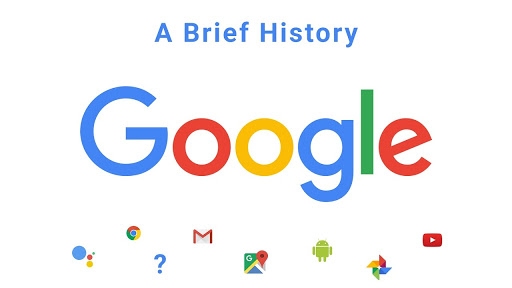
History of Google
Google was officially launched in 1998 by Larry Page and Sergey Brin to market Google Search, which has become the most used web-based search engine. Larry Page and Sergey Brin, students at Stanford University in California, developed a search algorithm at first known as "BackRub" in 1996, with the help of Scott Hassan and Alan Steremberg.
Google works using three process
1. Crawling
2. Catching
3. Indexing
Crawling :
Using a programmed algorithm of Google, it scans the entire website and stores the data in the corresponding database. Crawling is also known as the spider, web crawler, balls, robots, etc
Catching :
After scanning the web page Google will take a snapshot and keep it. This process is called catching.
Indexing :
As the name implies indexing means a website will be ranked according to the content, quality, and many other parameters.
During the initial times, Google was not a problem-free search engine it had many hurdles. Initially, if a person searches query on the Google search engine then the result will be given after 24 hours through the mail, but later on, the Google search engine became a real-time search engine. even then it had many problems many search results were missing for a relevant query. At the time of the crash of the world trade center America, it became a very big issue since Google was not able to give a good search result regarding this issue. Google conducted a meeting with search engineers to solve this problem and took their opinion from them. They gave an explanation that many of the websites are not able to crawl Then they discussed how to make the web page crawl by the spider. Search engineers explained that the webmaster can only do the process.
Then Google decided to provide an optimization practice for the webmasters, some search engineers oppose but trust and acceptance from the public was Google's major concern. At last, they published a starter guide for webmasters. Webmasters started to practice optimization which improved Google's database and search results. Some webmasters overdo it and badly affected Google search results there begins the process of the Evolution of Google
Evolution of Google
Initially, Google was content-specific or niche-specific. If we use the focused keyword more on the web site more chances to get a better ranking in Google search results. It ultimately results in keyword stuffing. It's a black hat SEO technique.
Three types of SEO
- Black hat SEO
- White hat SEO
- Grey hat SEO
White hat SEO

It’s the correct way of SEO practice purely ethical and following the guidelines from Google. It helps to improve the ranking of the website on the search engine results page(SERP).
Black hat SEO
It’s an unethical and highly risky way of optimization. Even though it’s effective in getting a high rank in SERP, once it is caught that page will be reported. Never do any black hat SEO techniques.
Grey hat SEO
Grey hat SEO is not having a proper definition, it’s somewhere middle of White hat SEO and Black hat SEO. The practices that intended to increase the ranking of the page for that the webmaster adopt some black hat SEO practices. If you are using a grey hat SEO technique, then you might not be willing to inform Google about it.
Because of keyword stuffing and many other black hat SEO techniques, the quality of search results lessened. Then Google changed the algorithm to Link specific. Link specific means the ranking of a website depends on the hyper link it gets from another website. But it also badly affected the google search results since many websites started to sell the links for money. It also gave low-quality search results. So Google comes up with the next evolution that Google changes the algorithm to Quality link specific. The quality of a website determined using a parameter called Page rank. Page rank is measured out of 10. Based on the backlink profile, page rank was google first algorithmic computation used to determine the rank of a website. Google check more than 200 parameters of a website to decide the page rank. Page rank grants the trust value of a website. Google counts the link from the high page rank website. As a result, web pages having high page rank tried to sell links for a higher cost which resulted in low-quality search results. In order to overcome the situation, Google made another update.
Passing the juice
Link juice is a term used to show how strong a website is. If a website is having a very high link juice or equity which means it's having high strength and quality. Passing the juice means when a website is given a hyper link, then along with link some of the equity is also passed through it. So as the no of the link given increases it may result in a reduction of the page rank of the link giving website. Link gets from on-topic web sites have a positive impact on page rank. The hyperlink is given using an anchor tag. If we want to use the link for reference only then rel ="no follow" should include in the anchor tag. Then the link will be a reference only no link juice will be transferred through it.
Google Ads
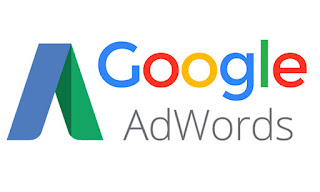
Google Ads is a platform used to show the ad on the Google search engine in a prepaid method. We can customize our ad according to our needs on Google. The former name was Google Adwords. It's working CPC mode i.e. cost per click. Another name of Google Ads is Google PPC (pay per click).
Google Adsense

Google Adsense is a simple way of getting money from Google by displaying ads on your web site. There are certain criteria to get Adsense approval from Google.
Later on, Google started to respond more in an interactive way. Google tried to auto-fill or suggest our query by storing our previous searches.
Bounce rate
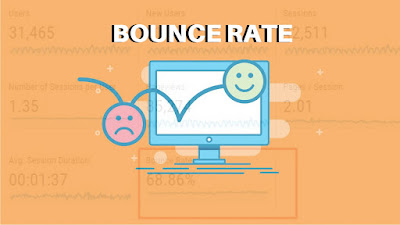
The bounce rate defines how much time a person remains on a website. A high bounce rate of a website badly affects the ranking of the site.
Personalized search result
Google will document our search history and give more personalized search results. This kind of search results gives both re-targeting and up-sale type of ads on our search results.
By the next evolution, Google tried to be a personal assistant. Later on, the ranking of a website also dependent on social media signals. The website has more shares on social media will get a high rank. Then Webmasters ran behind the social media shares which resulted in low-quality search results. Google then modified the social media signal by introducing social media authority value. Social media authority value indicates the ranking not only depends on the number of shares but also depends on how many people interacted and the influential power of the interacted persons.
After this modification, Google became a better search engine. Then Google made some strong algorithm updates.




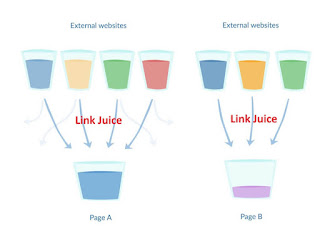
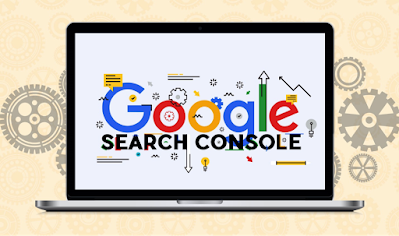



No comments:
Post a Comment